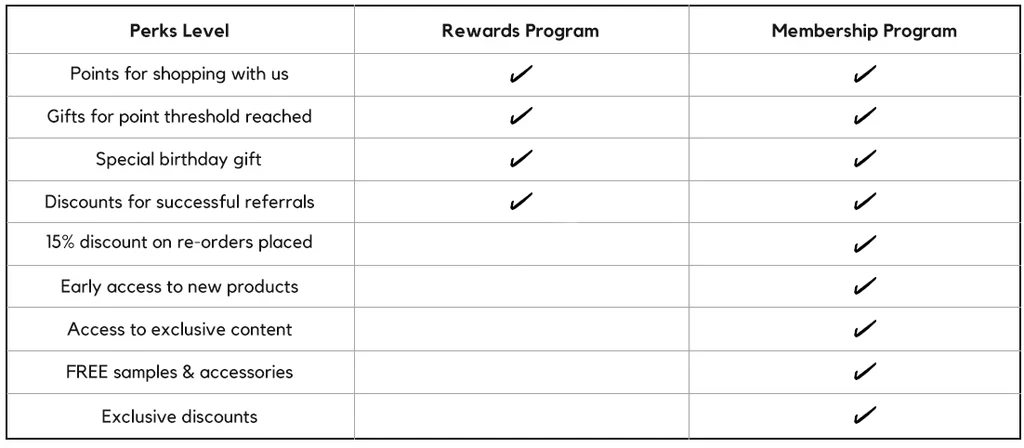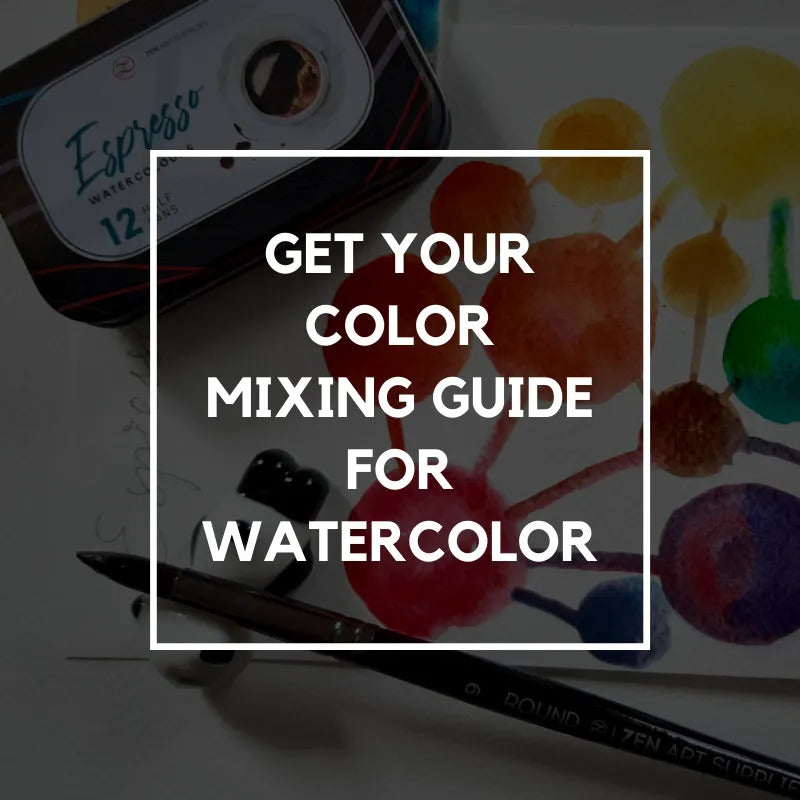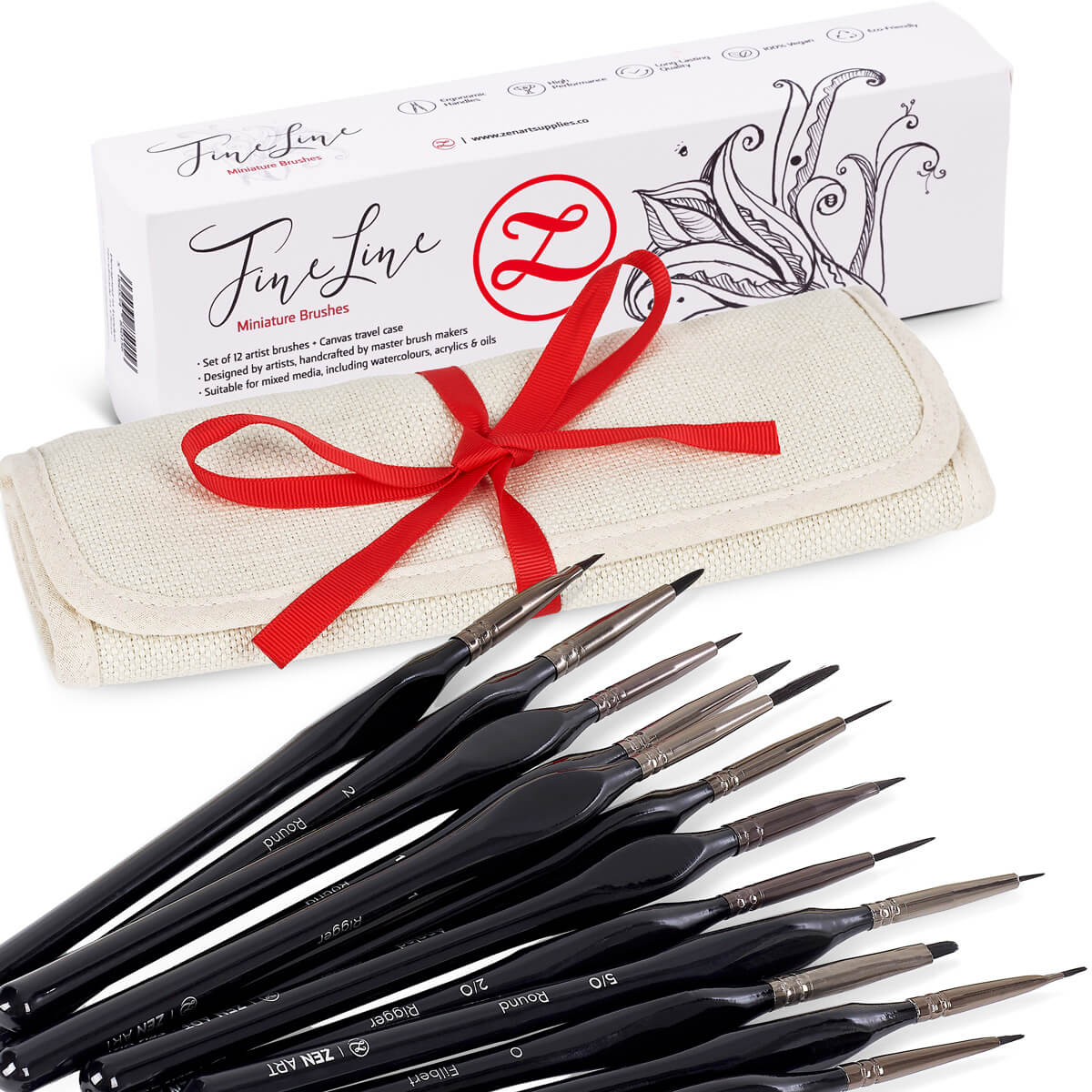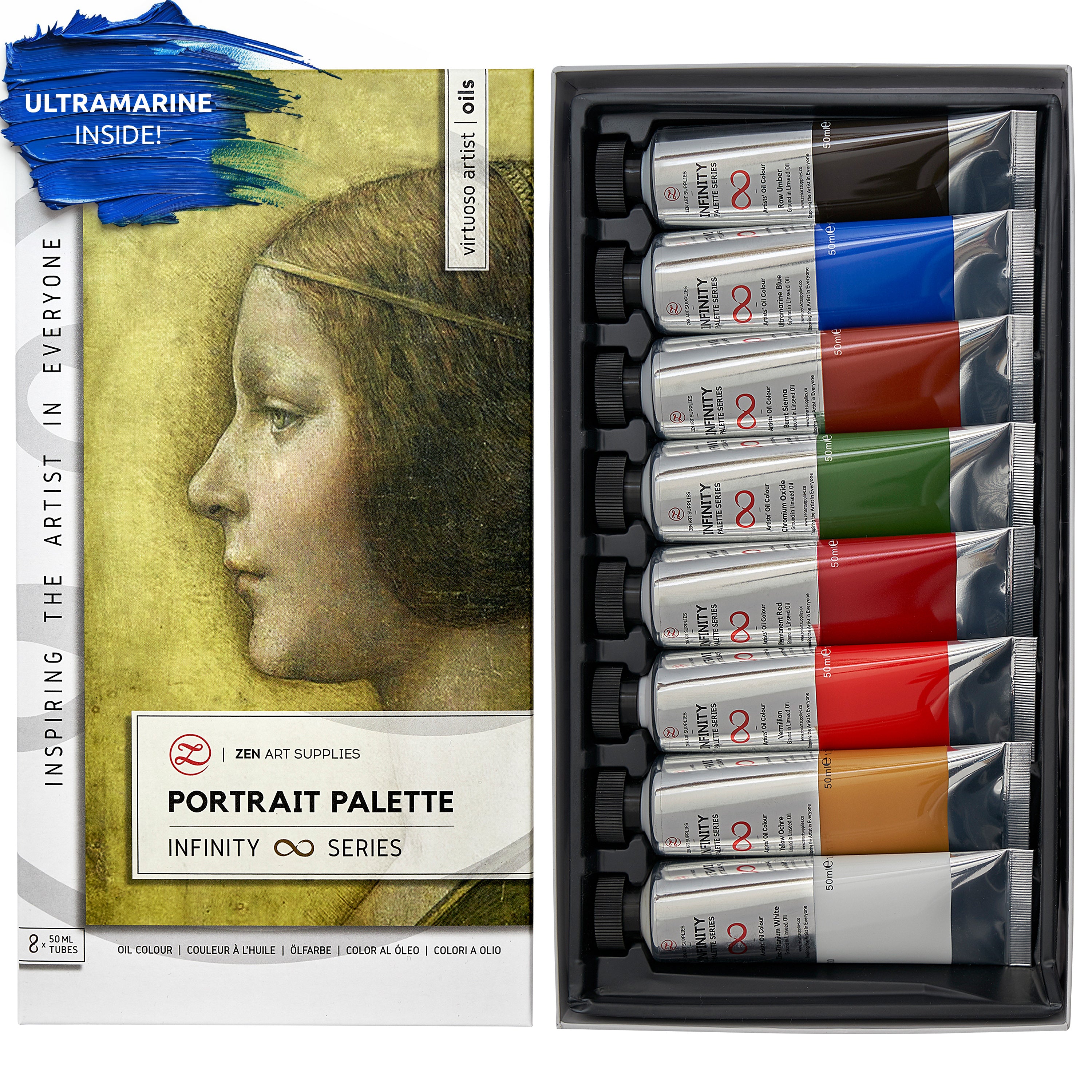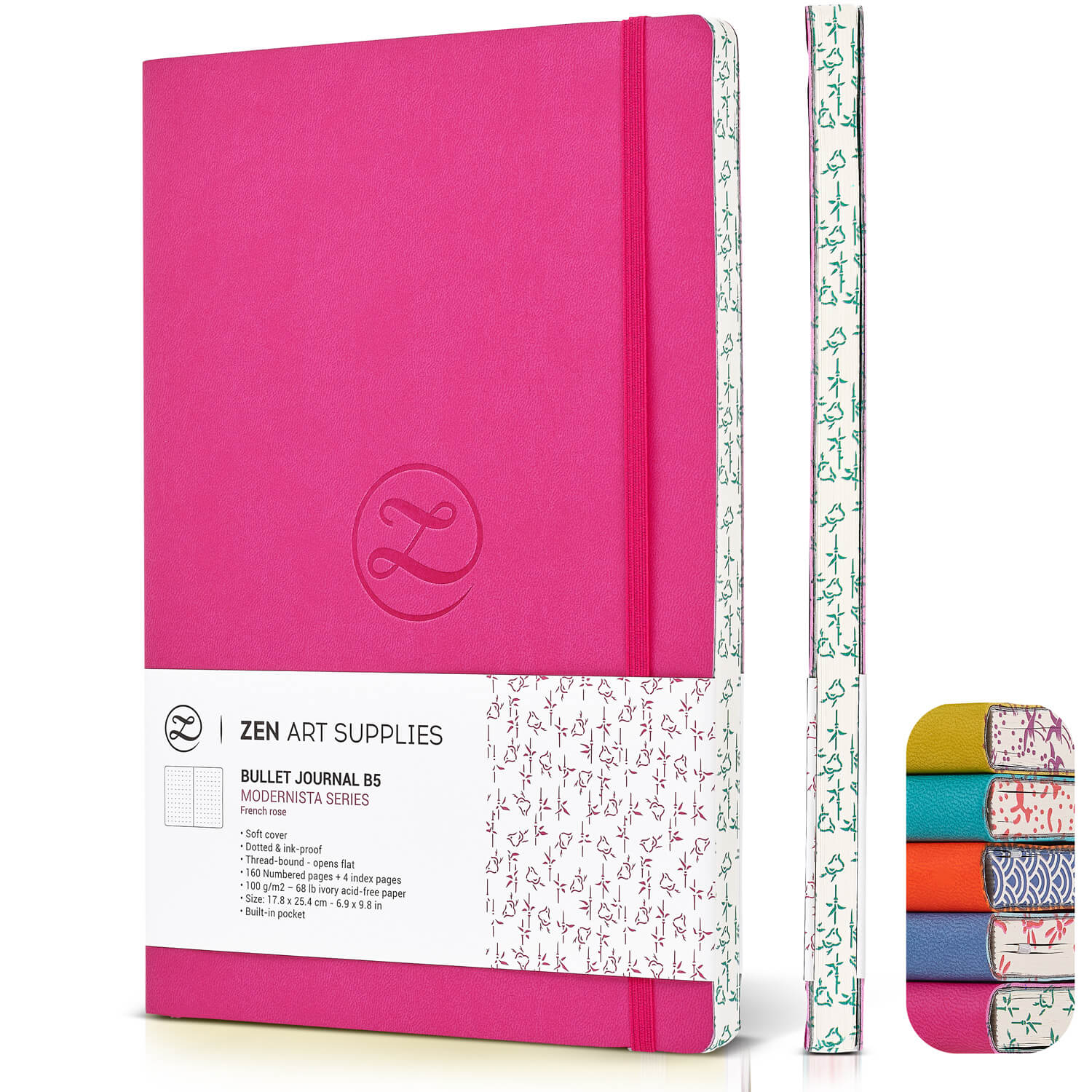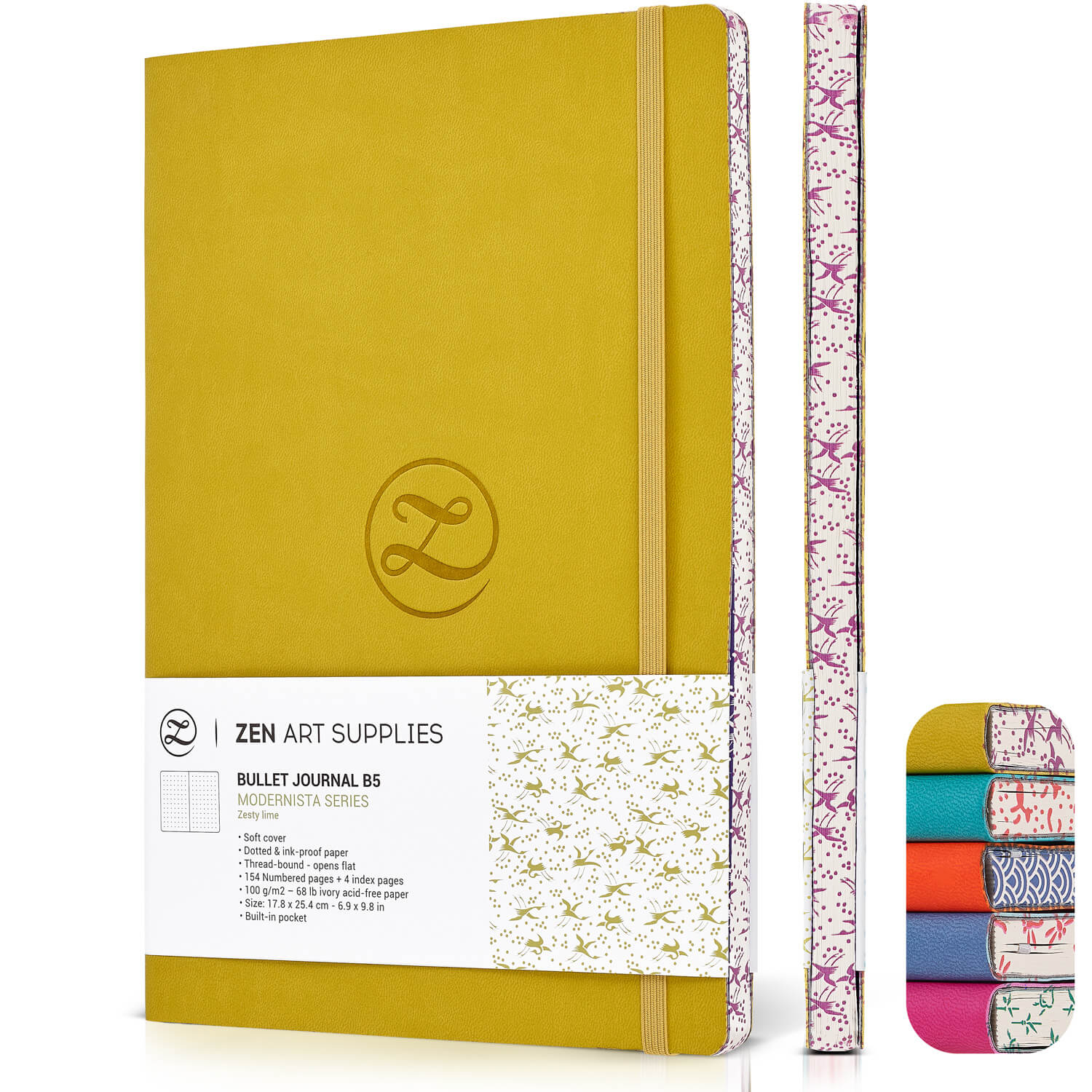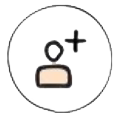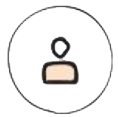If you’re like me, you probably spent way too long staring at pretty notebooks and journals at the bookstore. And if you’re a lot like me, you probably have a collection of said pretty yet unused journals gathering dust in your stationery corner. Sometimes you just can’t help it. The cover was cute and it had the perfect dot grid—you couldn’t go home without getting it.
You start to think about everything this new journal can do. You think about all the stories and all the masterpieces yet to fill its pages. And then you open it up on its first page and it hits you. The fear, the dread, the hesitation. You might think: “If I don’t get this first page perfect, I’m going to ruin this whole notebook!” or “Maybe I shouldn’t waste this journal—it’s too pretty! I’ll find some use for it another time.”
Next thing you know you have twelve notebooks left unused or discarded after “failing” at a few first pages.
What if I told you, there’s no better time than now to use those notebooks? There’s no such thing as the perfect time, the perfect use, and the perfect first page when it comes to a notebook. Your notebook was always ready for you to explore and fill its pages with whatever you wanted.
So dust off that notebook you’ve been putting off forever. And just use it! Stuck on the first blank page? Here’s what to do with an empty notebook!

Set Ground Rules For When You Use Your Notebook
Before we get into our notebook ideas, let’s lay some ground rules for creativity. Here are some tips from us to overcome that fear of wasting your notebook. Clue: It’s all about overcoming your inner perfectionist. These are here to guide you through any possible creative blockages you’ll experience while filling in your notebooks. Think of these rules as principles to combat the fear of the blank page.
It’s Okay To Make Mistakes
It’s hard to start when you’re afraid of getting it wrong on the first try. But making mistakes is normal and it’s the best way for you to get started. Every page is an opportunity for you to learn from your mistakes.
Tell yourself it’s okay if a line turned out wonkier than you wanted. Just erase it or cover it up. Turn your mishap into a masterpiece. Or tear out the page–who’s judging anyway?
Don’t Feel Intimidated By The Blank Page
The blank page is full of endless possibilities and that in itself can cause some anxiety. You and your pen are frozen and rendered useless before an overwhelmingly white space. But the key to overcoming blank page syndrome, writer’s block, artist’s block—or whatever you call it—is to simply start small so you can start somewhere.
Draw a dot, then a line, see where it takes you. Write the first word that comes to mind, then turn that into a phrase and then a paragraph. Again, it’s okay to make mistakes. Remember the blank page isn’t there to judge you.

Dotted Journal from ZenART, not too big nor too small at 7x10 inches.
Consistency Is Better Than Perfection
Let’s face it, perfection is overrated. Even the best creatives nitpicked their work. Monet called his life’s work a failure. Kafka burnt a huge portion of his writings. And if that can happen to the greats, who are we to expect the perfect outcome from ourselves?
Perfectionism kills creativity. Unrealistic standards only set us up for disappointment. Instead, trust and enjoy the creative process. And make a routine out of it! Make it a habit to make art regularly. See where creativity fits into your daily or weekly schedule. With constant practice, you’ll get better!

How To Use Up All Those (Hoarded) Notebooks
Time to grab your favorite pen and whatever empty notebook you want to use. No notebook? No problem. Want a new one? Why not? Allow us to enable your notebook hoarding. For bullet journaling or writing, we’ve got some beautiful dotted journals and for your art journaling, we’ve got a few sketchbooks as well!
Here are a few ideas for what to do with an empty notebook./ Remember: you don’t have to consider yourself an artist or writer to be creative in a journal!

Our Dotted Journals come in five vibrant colors.
-
Bullet Journal
How can you use a notebook effectively, you may ask? For me, bullet journaling is the best way to use a blank notebook–especially if it’s a dotted or grid layout. In case you missed it, the bullet journal method by Ryder Carroll is a productivity system you can set up in a notebook. It’s like crossing a DIY planner with a diary and to-do list. And you can be as creative or as minimalist as you want!
After Carroll’s video went viral in 2015, the bullet journal community was born. It’s since taken a life of its own, with colorful cover pages, mood tracker spreads, and hand-drawn weekly logs. But don’t feel too bogged down by all the decorative bullet journals you see on Pinterest. Go back to basics. Bullet journaling is a flexible note-taking system first and a creative outlet second. At the end of the day, do what works for you.

Our team member, Kathleen's, habit tracker for the month of March using our French Rose Dotted Journal.
-
Gratitude Journal
Everyone can use a little more gratitude in their lives. In fact, it’s scientifically proven to be healthy for you. A key finding in positive psychology research is the link between a regular gratitude practice and a person’s well-being. We’re not just talking about being in a good mood or having a lighter outlook on life. Gratitude has physical benefits as well: better sleep, lower inflammation, and reduced blood pressure. It even rewires your brain for the better.

A colorful gratitude page created with the help of our smallest watercolor set, the Espresso Palette and brushes from the Turner Collection.
Gratitude helps us find positive experiences despite negative circumstances. It can even help us foster a deeper connection with our community. So take time every day to list things you’re grateful for. Why not even paint it out if you’re feeling creative? Trust us, you’ll feel much better.
-
Art Journal or Sketchbook
An art journal is a perfect playground for creativity. You can try out new mediums or stick to your favorite ones. You can even do mixed media art, should your journal paper hold. Art journaling can be a form of creative therapy as well. You can combine visual art with personal writing. Just let those thoughts and creative juices flow—draw, write, and paint the feels away.

-
Food Diary, Recipe Book, or Meal Planner
Wondering “What should I write in a nice notebook?” Write about something everyone loves: food. Maybe you’re watching what you eat and want to keep track of your daily meals. Or maybe you’re quite the foodie, making your own adjustments to recipes you find online. Guess what? You need a food diary.

Dotted Journal used as a recipe book.
Use your food diary as a collection of your favorite dishes–whether it’s something you cooked or a meal you thoroughly enjoyed at a restaurant. You can even take and print out photos of your food for your notebook–or make a watercolor rendering of it!
-
Brain Dump Notebook
If you’re unsure about what things to write in a notebook, a brain dump might help get you started. The fun part about brain dumping is that anything goes. It’s a list of anything taking up your precious headspace. And it’s the easiest way to sort through your thoughts and to-do lists. I like to do brain dumps at the start of my day in a separate notebook. Then I weed out the unimportant notes and migrate my pared down daily to-do list into my planner or bullet journal.

-
Nature Journal
Next time you go on a walk or hike in nature, take a notebook with you. Treat your nature notebook however you want. Press and preserve fallen leaves or flowers you encounter on a stroll. Make care notes about the plants you keep at home. Bring a travel-sized watercolor kit with you on your excursions so you can paint what you see! Journaling in and about nature is a fun and creative way to appreciate our beautiful environment more.

Our B5 and B6 Artist's Sketchbook side by side.
-
Travel Journal or Bucket List
It’s no coincidence that the words “journey” and “journal” both come from the same root word, “Jour”, meaning “day” in French. Notebooks, after all, initially helped us record our day-to-day lives. And in the early ages, travel played a huge part in working life. Now, we chronicle our travel memories on social media–and, for some, in travel diaries.

Do you collect mementos and pictures from previous travels? Maybe some postcards, tickets, receipts, or museum stickers. Keep them in a notebook so they’re all safe in one place. You can also use your travel notebook to list places you dream of seeing one day. If you’re going on a trip soon, keep a notebook with you to jot down the story of your trip!
-
Reading Journal
Sometimes we don’t just have a growing pile of unused notebooks. The same goes for books, too. It’s okay, you’re not alone. But why not hit two birds with one stone? Tackle those ever-growing stacks of notebooks and books by setting up a reading journal. Why not even start up a book club with your friends so you have accountability partners?

Make a list of books you plan on reading. You can even create a bookworm challenge for this year in your reading journal! Challenge yourself to read a certain number of books that follow a different theme every month. And write about your reading experience. Hand letter your favorite quotes. Take notes on key details. List your favorite characters and their traits. Draw them if you like!
-
Morning Pages Journal
One of my favorite books for overcoming creative block is The Artist’s Way by Julia Cameron. In the book, Cameron introduces a daily practice for creative recovery called the morning pages. It’s three straight pages of stream of consciousness writing accomplished first thing in the morning.

Now you might already feel daunted by this task. But Julia Cameron says “There is no wrong way to do morning pages.” It’s not meant to be art or even writing. It’s simply a practice of letting your hand move and your words flow. It’s not an essay-writing contest, it’s whatever crosses your mind at the moment. The exercise helps you silence your inner editor. Many who have done the morning pages habitually over the years experience clarity, creativity, and calm.
-
Poetry, Fiction, and/or Essay Notebook
Now here’s a notebook for actual writing, as opposed to doing the morning pages. Whether or not you’re an aspiring writer, there’s something cathartic about writing poetry and crafting stories. You get to explore fantasies, plots, and daydreams on paper. Writing poetry also gets you in touch with your feelings. It’s a good exercise for visualizing, defining, and thus understanding your moods, thoughts, and perspectives.

-
Dream Journal
Ever wake up from a dream chock-full of strange images and symbols and then suddenly forget all about it? Never forget a weird or otherwise pleasant dream again with a dream journal by your bedside. First thing when you wake up, jot down that dream and all the details you can recall. Afterward, you’re free to draw or paint it out. You can even analyze your dreams and what they mean. And over time, who knows, you might find a pattern.

Write or draw your dreams out in our Dotted Journals.
-
Baby Diary
This one’s for the expecting moms and dads who want a creative side project while waiting for their little one to arrive. Create a diary of your pregnancy experience. Document your baby’s first few years. A baby diary is like a DIY photo album and journal hybrid. It’s a great way to commemorate all your baby’s milestones and firsts. Take lots of photos and write lots of letters. And when they’re older, you can even give them their baby diary as a gift to treasure.
We’d Love To Hear Back From You!
Are you a notebook hoarder, too? Don’t let the fear of wasting pretty stationery get in the way of your creative journey. The blank page won’t judge you!
How would you personally fill up your precious journals? Do you enjoy bullet journaling, art journaling, or diary writing? What other journaling tips and tricks would you like to learn next? Let us know in the comments section below!
- MEET THE AUTHOR-

Belle O. Mapa is a writer and artist based in Manila, Philippines. She believes that everyone is born with an inner creative spirit—we just need to nurture and discover it on the blank page. Currently, she lives out her passion: writing stories, hosting journaling workshops, and advocating for mental health awareness.







